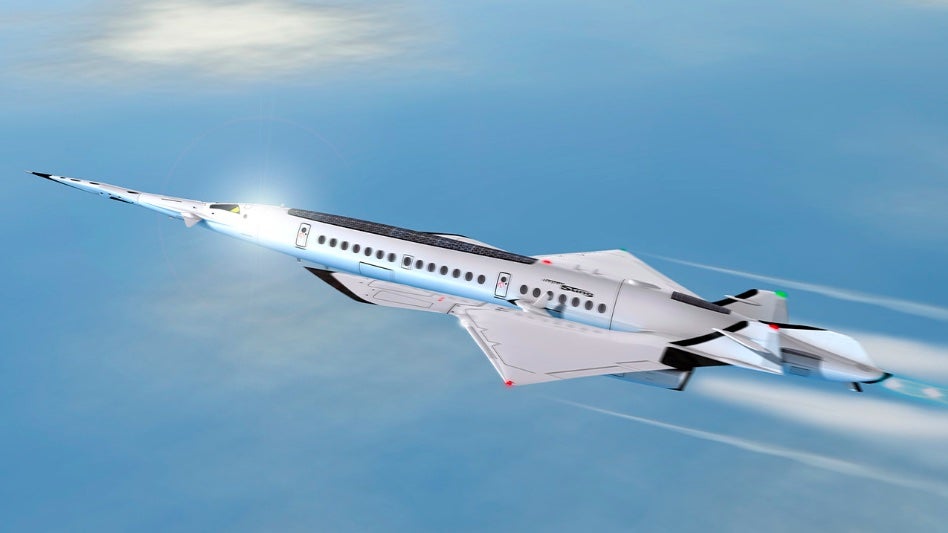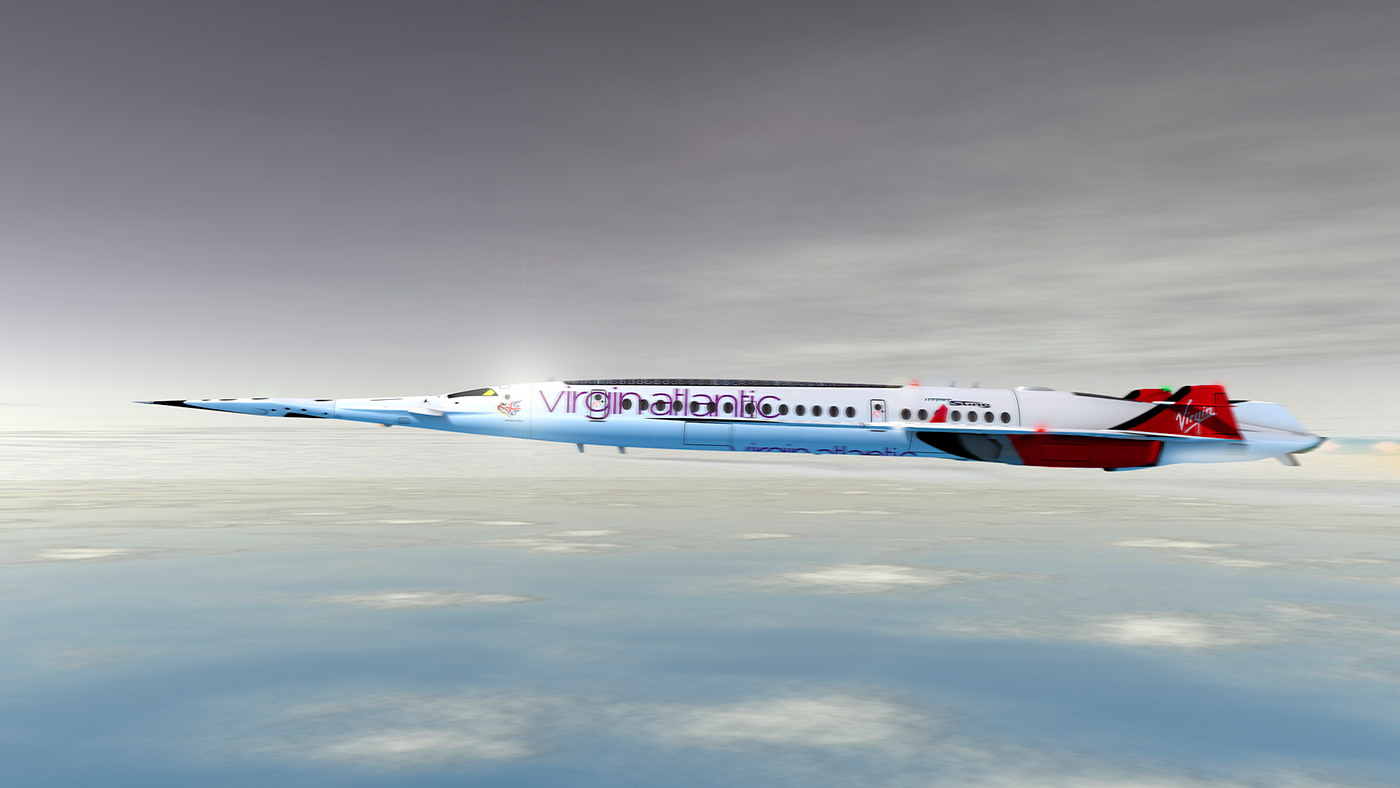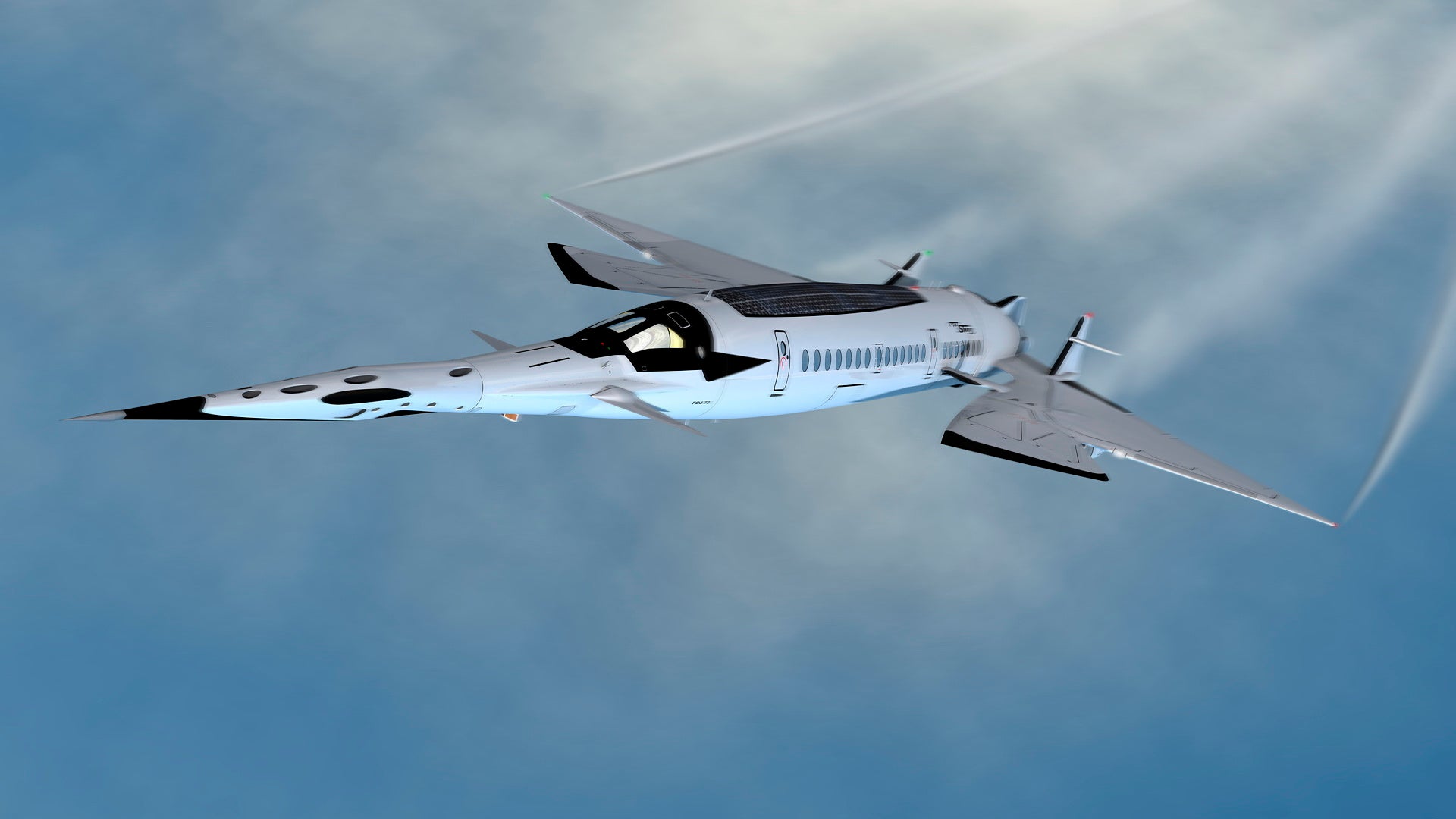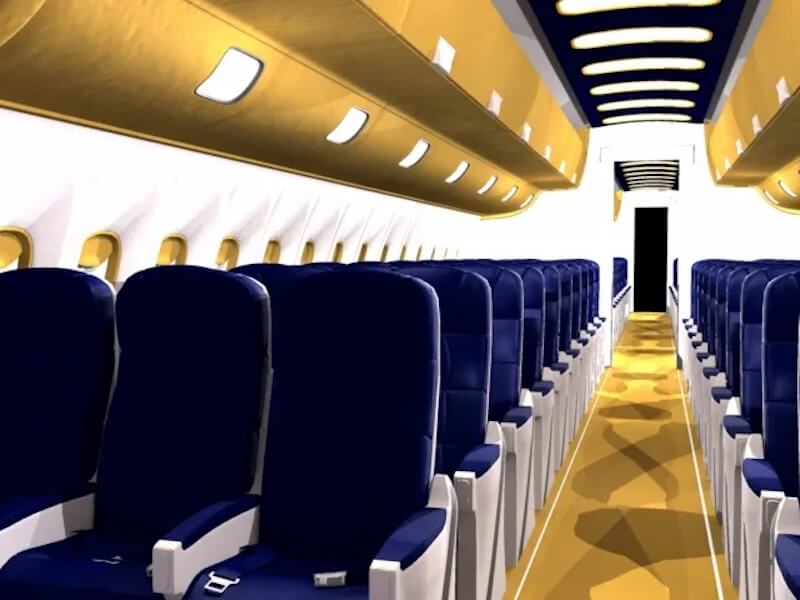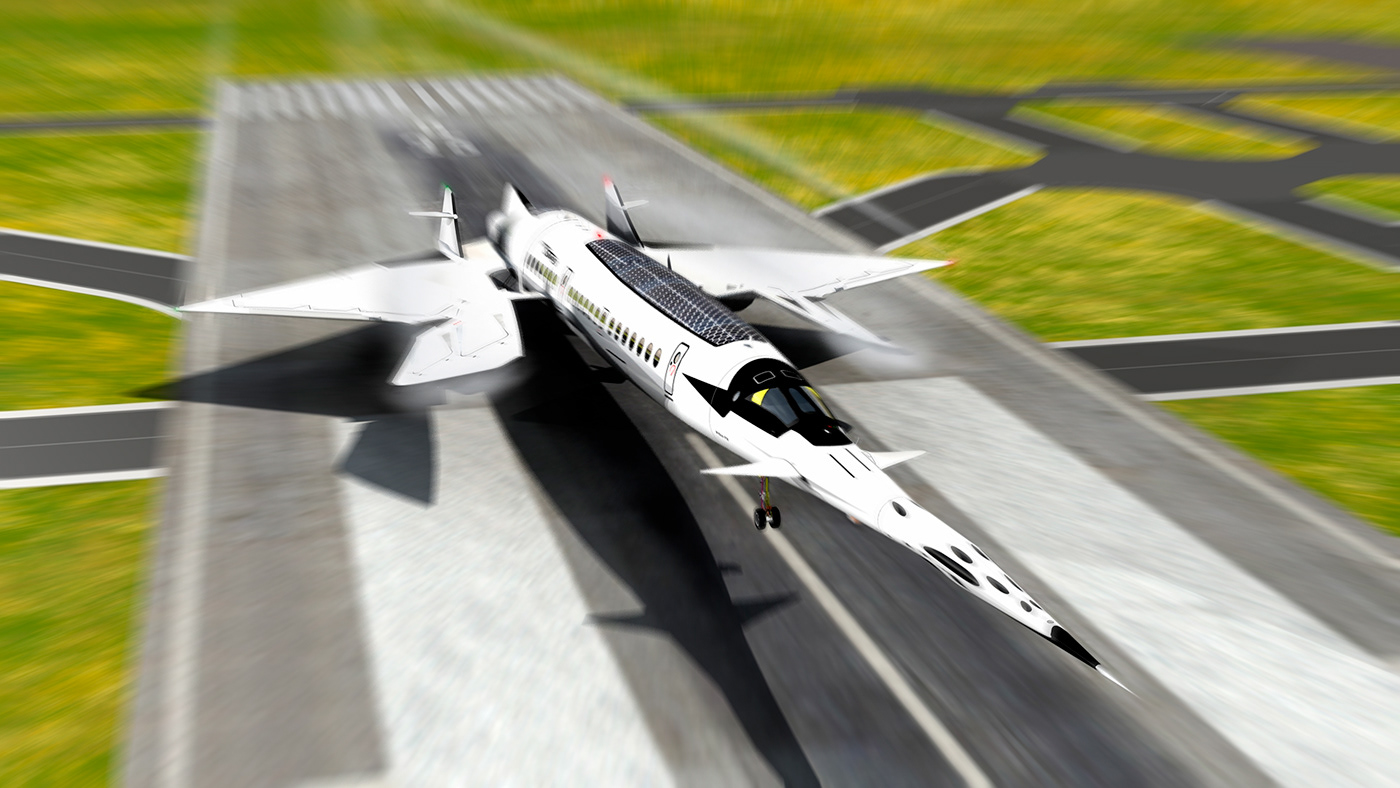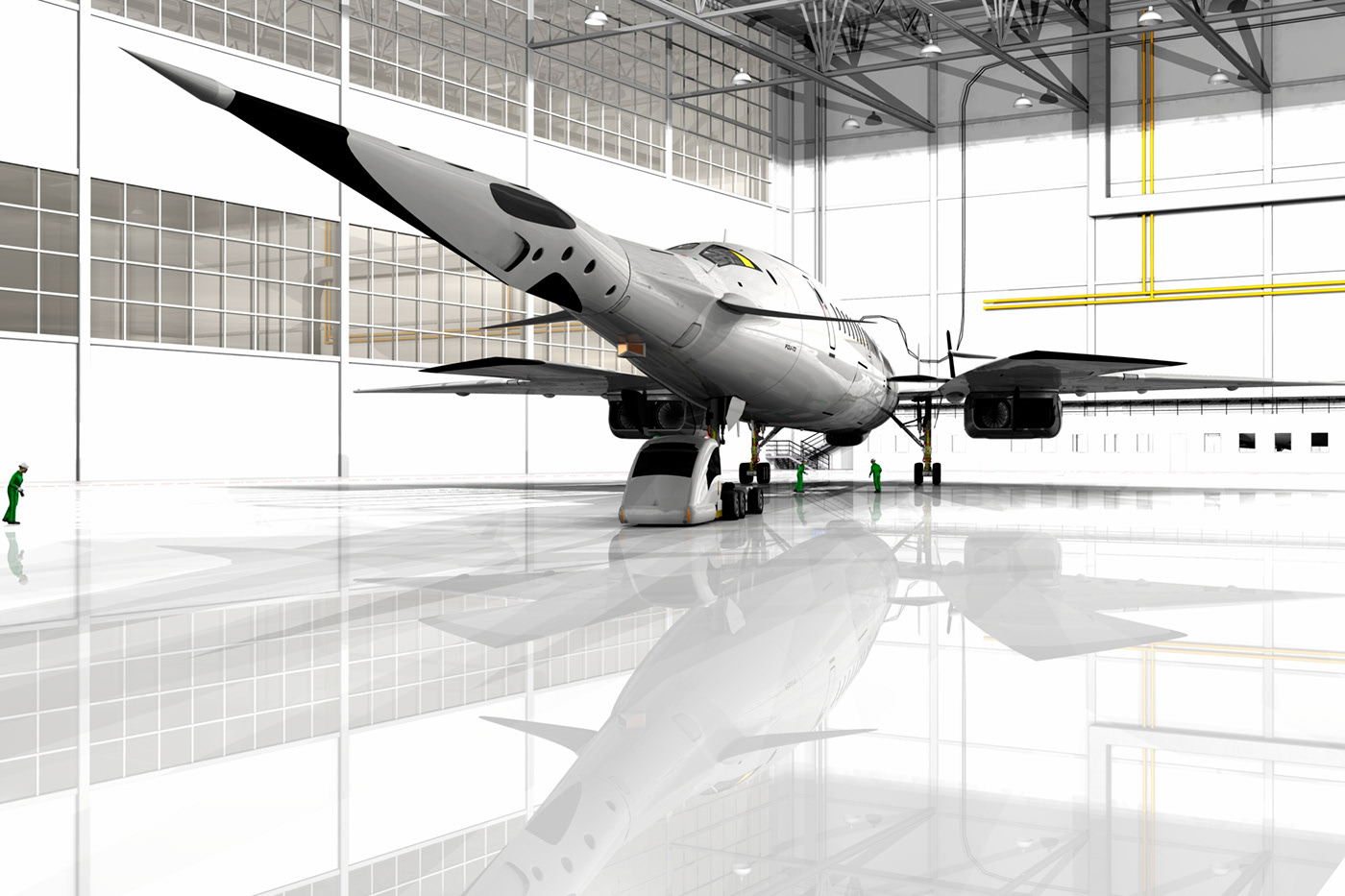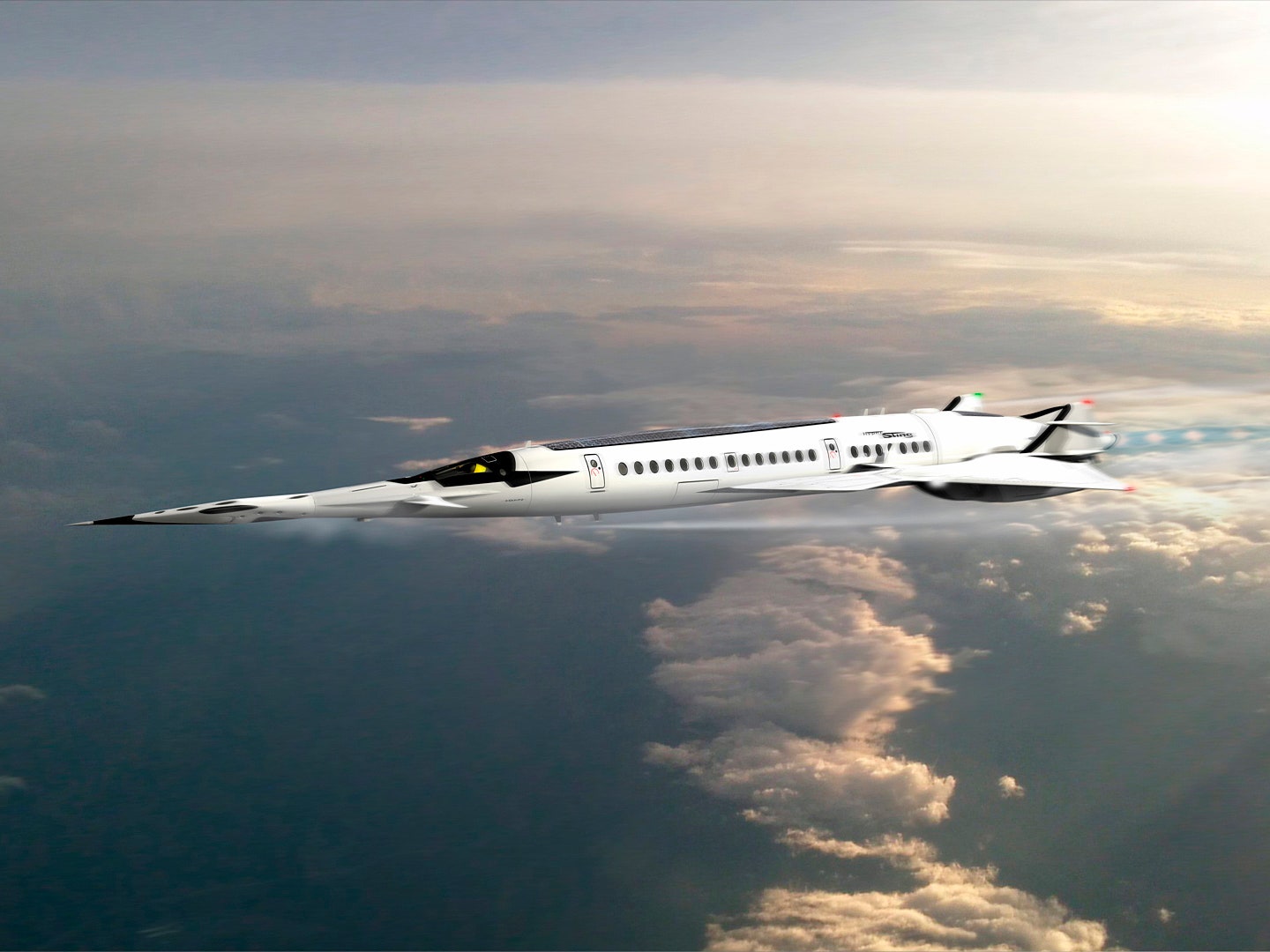 The prospect of completing a transatlantic journey from London to New York in a mere 80 minutes may no longer remain in the realm of science fiction. This groundbreaking vision is closely associated with a futuristic concept centered around a supersonic pulsejet-powered aircraft known as the “Hyper Sting.”
The prospect of completing a transatlantic journey from London to New York in a mere 80 minutes may no longer remain in the realm of science fiction. This groundbreaking vision is closely associated with a futuristic concept centered around a supersonic pulsejet-powered aircraft known as the “Hyper Sting.”
Conceived by the visionary Spanish designer Oscar Viñals, the Hyper Sting envisions a future where it could transport 170 passengers at speeds exceeding three times the speed of sound, an astonishing 2,486 mph – nearly double the velocity of the iconic Concorde.
At the heart of this innovative concept lies the theoretical notion of a “cold fusion pulsejet reactor.” Viñals explains that this revolutionary system would empower the Hyper Sting with a Mach 3.5 capability, driving two ramjet engines and four next-generation hybrid turbojets. In stark contrast to Concorde, the Hyper Sting boasts substantial dimensions, measuring 328 feet in length, which is over 100 feet longer than Concorde, and a wingspan of 169 feet, dwarfing Concorde’s 85-foot wingspan.
Mr. Viñals passionately elucidates, “Concorde was a brilliant piece of machinery, a noble experiment, but it emitted excessive emissions into the environment, generated too much noise within our communities, and proved prohibitively expensive to operate. A new era of supersonic flight may be just around the corner, but challenges must be overcome when it comes to exceeding the speed of sound. The Hyper Sting represents a novel concept for future supersonic commercial airplanes.”
The moniker “Hyper Sting” aptly derives from the aircraft’s design, characterized by a fuselage resembling a “big sting” with a highly pointed “nose.” This unique structure serves the crucial function of controlling front airflow, managing pressure and speed, and redistributing it efficiently over the central section and wings.
While Viñals ardently believes that his dream could eventually materialize, he acknowledges the necessity of technological advancements. He notes, “Today, various private and public initiatives are already underway, working on projects for a new era of supersonic flights, some of which may transition from concepts to reality within the next few years.”
Nevertheless, Viñals remains realistic about the timeline for such a groundbreaking endeavor. He adds, “Supersonic flights will indeed return, but due to the pioneering systems involved, such as the cold fusion reactor, production might not commence until after 2030, and affordability may pose a challenge.”
Hyper Sting Specifications:
- Capacity: 130-170 passengers
- Length: 328 feet 4 inches (100.03 meters)
- Wingspan: 168.63 feet (51.40 meters)
- Maximum Speed: 2,664 mph (4,287 km/h, 2,315 knots) (Concorde: 1,354 mph)
- Maximum Speed: Mach 3.5 (temperature limited)
- Cruise Speed: 2,486 mph (4,000 km/h, 2,160 knots)
- Service Ceiling: 65,616 feet (20,000 meters)
In summary, the Hyper Sting represents a daring vision for the future of air travel, promising to redefine the possibilities of supersonic flight and potentially revolutionize the way we traverse the globe. While challenges lie ahead, the prospect of zipping across the Atlantic Ocean in just 80 minutes tantalizingly beckons us toward a new era of aviation.
